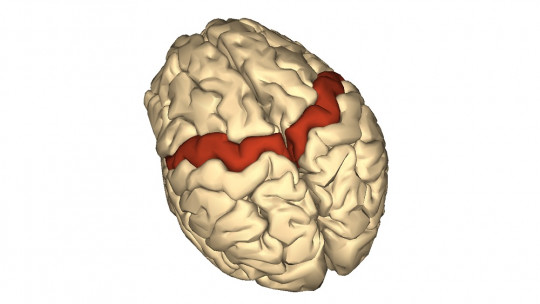The interpretation of events is usually influenced by the reality that each person experiences, something that can be seen in various situations of daily life. How many times have two people had completely different opinions on the same fact? Why can one person think that something is real while another has the belief that everything that happens is part of a fiction? The main focus of these questions is that no one has the absolute truth about life and that it would be good to accept different points of view. Over time, there has been research that placed special emphasis on the conceptualization of this principle within the psychological field. The contributions made gave indications of what social ties may be like and the influence of the perception of events.
In this PsychologyFor article we explain what is Thomas’ theorem in psychology and examples
What is Thomas theorem in psychology
The concept of Thomas’ theorem arises from the theoretical contributions produced by sociologist William Thomas regarding the ways of establishing social interactions that take place on a daily basis. In general terms, this theorem is based on the fact that reality is conditioned by beliefs that a person has about various aspects of life.
In this sense, it should be noted that the conviction you have is essential for these ideas to become concrete realities. At the same time, it is unimportant whether the postulates generated are truths or fallacies since the main point is the creation of a reality. In the following article you will find more information about Types of fallacies with examples.
Principles of Thomas’ theorem
On the other hand, there are some principles of Thomas’ theorem that come into play in this theoretical concept. Next we will see what they are:
- Action determined by subjectivity : every circumstance that a person can produce is commanded by their ideas, prejudices, goals and objectives.
- Subjective interpretation of the facts : the interpretation and/or perception of the facts of reality varies according to each person as a result of the particularities that are reflected in social ties.
Effects of Thomas’ theorem
From the insertion of this theoretical postulate in a social context, some logical effects derived from its use may arise. In this section we mention the main effects of Thomas’ theorem:
- Greater social consensus : when an idea is transformed into a reality shared by several members of a community, its dissemination will favor achieving greater social consensus. This acceptance causes actions intended for a specific purpose to be supported.
- Group adaptation : once the main idea has been assimilated and elaborated through social influence, a group adaptation process occurs that shares behaviors and attitudes consistent with the situation envisioned.
Examples of Thomas’ theorem
The day-to-day reality exposes some situations in which it is possible to appreciate the impact of Thomas’ theorem. Understanding these facts allows us to see reality more objectively despite the beliefs that circulate in a society. Below we show you some examples of Thomas’ theorem in various areas:
Labor sphere
If at any time the belief begins to spread that a company is scamming its customers as a result of news that may or may not be false, the subsequent effect will be that many people will distrust the actions and words of said company and his senior officials.
In these cases, it is not important to know for sure whether it was actually a scam or a hoax, since social consensus will give the event a truthful character.
Link scope
Within the framework of social relations, the effects of Thomas’ theorem can also be contemplated. In this sense, sometimes a person can be classified as distant from other human beings as a result of comments from third parties. When this happens, it is possible that social behavior is conditioned by this belief that is made visible.
However, in these cases the context under which someone engages in this type of behavior must be taken into account. Without generating, From an isolated fact an agreed truth is produced by several members of the same society.
Familiar scope
Finally, Thomas’ theorem can also occur in the family environment on some occasions. For example, when a father tells his children that he does not have the money to buy a property. For this reason, the family begins to generate savings to achieve the dream of having their own home.
However, the father’s true intention was to deposit his money in a business venture that he thinks will provide him with profits in the future. In this way, Thomas’ theorem shows that The family takes the father’s lack of money as true despite it being an erroneous belief.
This article is merely informative, at PsychologyFor we do not have the power to make a diagnosis or recommend a treatment. We invite you to go to a psychologist to treat your particular case.
If you want to read more articles similar to What is Thomas’ theorem in psychology and examples we recommend that you enter our Cognitive Psychology category.
Bibliography
- Thomas, W. (2005). The definition of the situation. CIC. Information and Communication Notebooks, 10 (1), 27-32.









